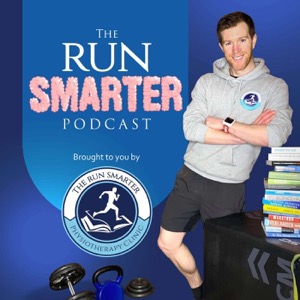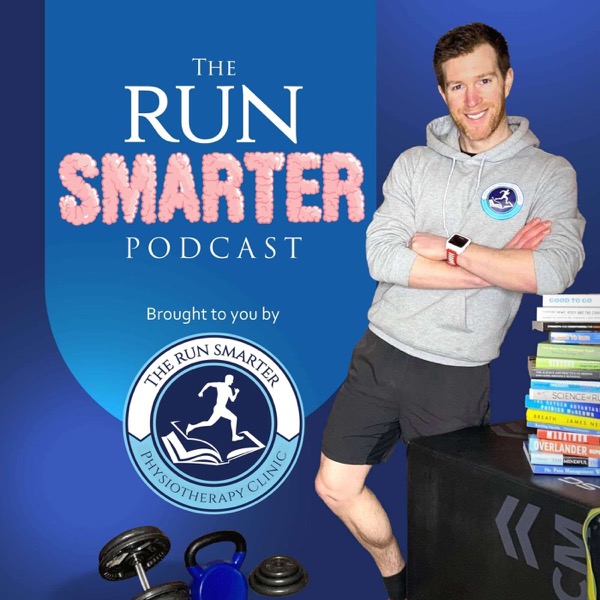Exclusive AMA: Managing Multiple Injuries / Heart Rate Discrepancies / Stitches / Rotating Shoes
The Run Smarter Podcast - Podcast autorstwa Brodie Sharpe - Niedziele

Learn more about Brodie's Research Database & AI Assistant 📄🔍For MORE Run Smarter Resources 🏃♂️📚- Including Free Injury Prevention Courses 🩹🎓- The Run Smarter Book 📖- Access to Research Papers 📄🔍- & Ways to Work with Brodie 🤝👟👉 CLICK HERE! 🎉✨Topics CoveredManaging Multiple Injuries (e.g., Plantar Fasciitis & PHT)How to prioritize the most debilitating injury using key factors:SeverityDurationIrritabilityPredictabilityWhy you should focus on “bang for your buck” exercises (e.g., deadlifts, hamstring curls, calf raises).How to combine exercises to target multiple injuries efficiently (e.g., barefoot single-leg deadlifts).The importance of progressive overload in rehab — not just maintaining bodyweight work.How to stay active during flare-ups and make sure both injuries are improving week to weekWhy Running Can Feel Easier Than Cycling (Despite a Higher Heart Rate)How steady-state cardio explains why running can feel smoother than a variable spin class.The impact of heat, humidity, and muscle groups used on perceived effort.How familiarity with a movement can affect heart rate and effort perception.The “central governor theory” — how your brain regulates fatigue and effort.Brodie’s personal story: going from marathon runner to struggling to swim 50 meters, and how adaptation and calmness change everything.What Causes Stitches — and Can You Stop Them?Why side stitches remain somewhat mysterious despite many theories.Possible causes:Fatigue or imbalance in trunk/core musclesDiaphragm displacement theories (including a strange but possibly effective breathing trick!)Why core workouts the day before a run can trigger stitches — and what Brodie learned from experience.An invitation for listeners to test and report back on the “left heel drop and exhale” technique.Should You Rotate Your Running Shoes?Difference between rotating the same model vs different brands and types.How lighter and super shoes can improve performance — and when they can backfire.Using shoes as tools: minimalist for speed and proprioception, stability shoes for recovery days.The double-edged sword:Poor transitions = increased injury risk.Gradual adaptation = greater resilience and reduced overuse risk.Why shoe variation can distribute load and lower repetitive stress when done properly.Key TakeawaysFocus rehab on the most limiting injury first, and keep it progressive.Familiarity plays a massive role in perceived exertion between different activities.Side stitches may stem from muscle fatigue or diaphragm misalignment — and could respond to strategic breathing.Rotating shoes can either reduce or increase injury risk — it depends entirely on how gradually you adapt to each type.
